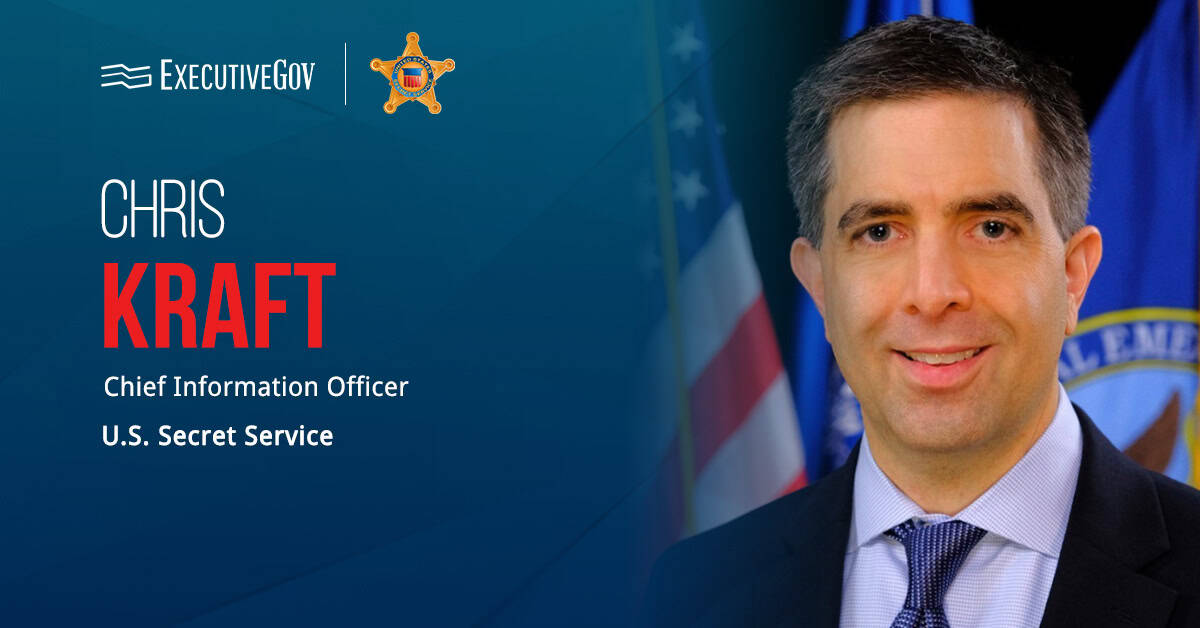
The Department of Defense awarded a five-year, $75 million cooperative agreement to Research Triangle Institute to create strategies in line with the agency’s science, technology, engineering and mathematics efforts. DoD said Tuesday that it plans to confirm and support initiatives for the performance of K-12 and undergraduate STEM outreach and education programs under the Defense STEM Education Consortium cooperative agreement.
RTI will assist DoD in preparation of U.S. military members’ dependents in the pursuit of STEM careers and develop a STEM workforce for mission-critical segments. Additionally, scope of work will include promotion efforts to underserved sectors as well as the deployment of STEM outreach and education activities.
The agency noted that the agreement will help DoD expose STEM students to research and career opportunities through investment and hands-on learning efforts.





